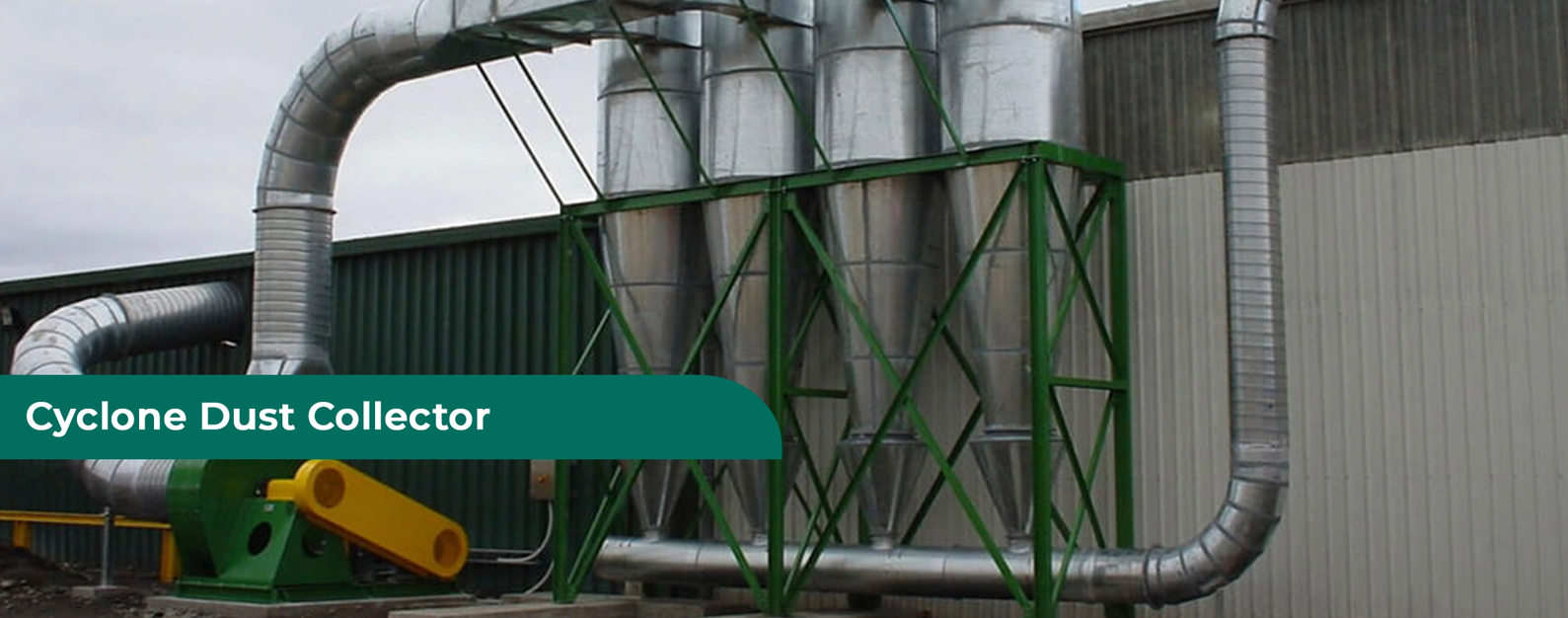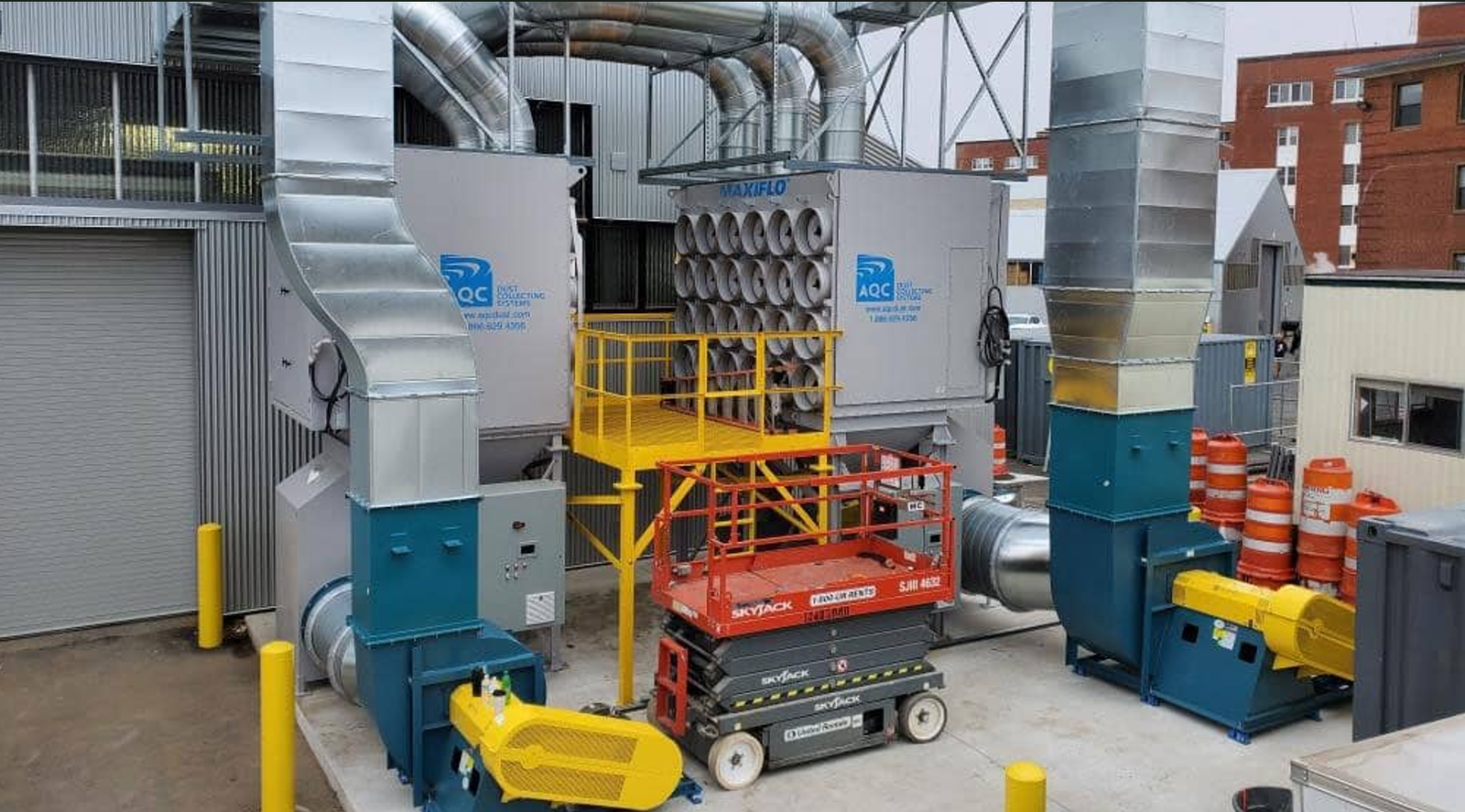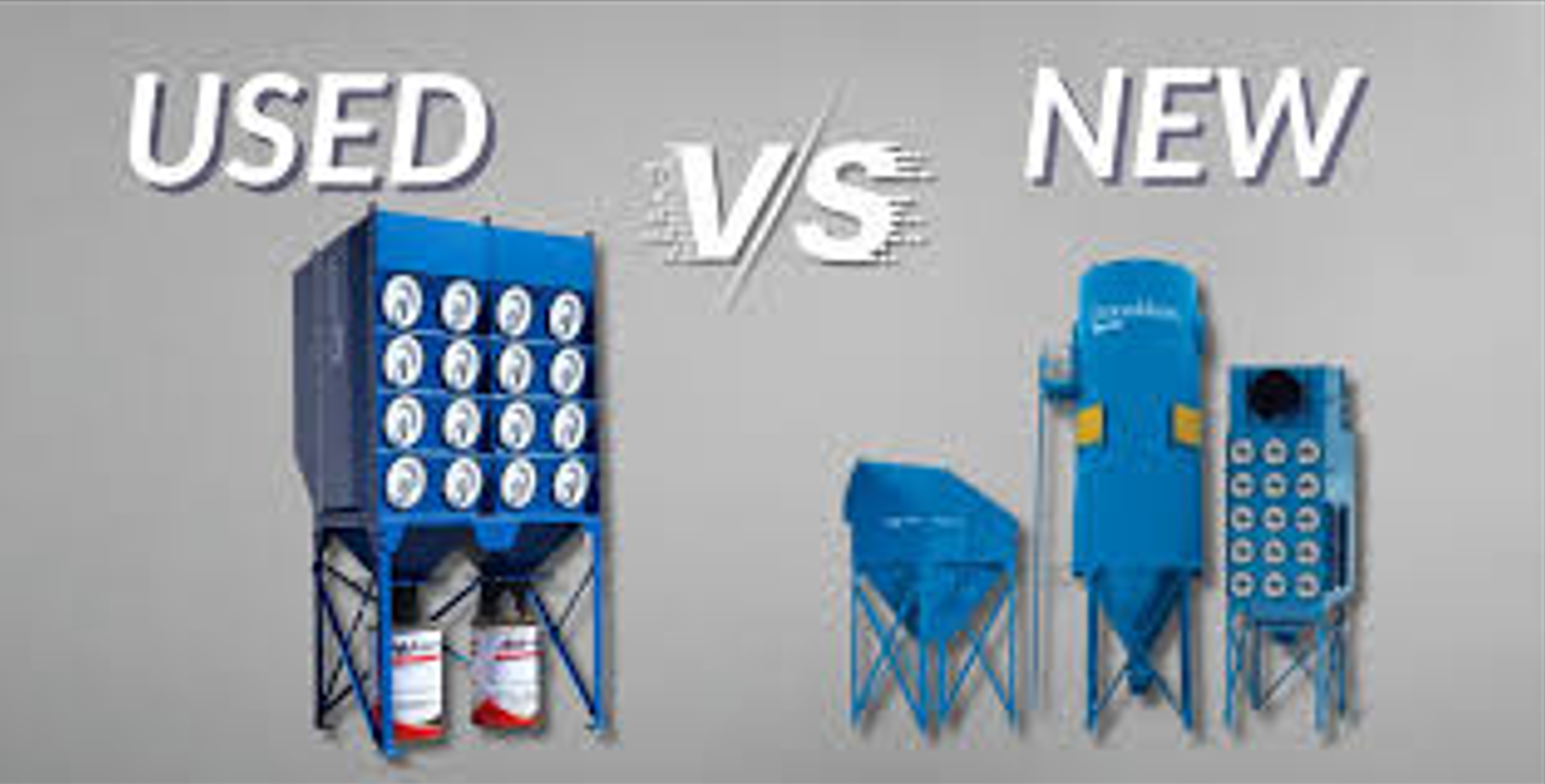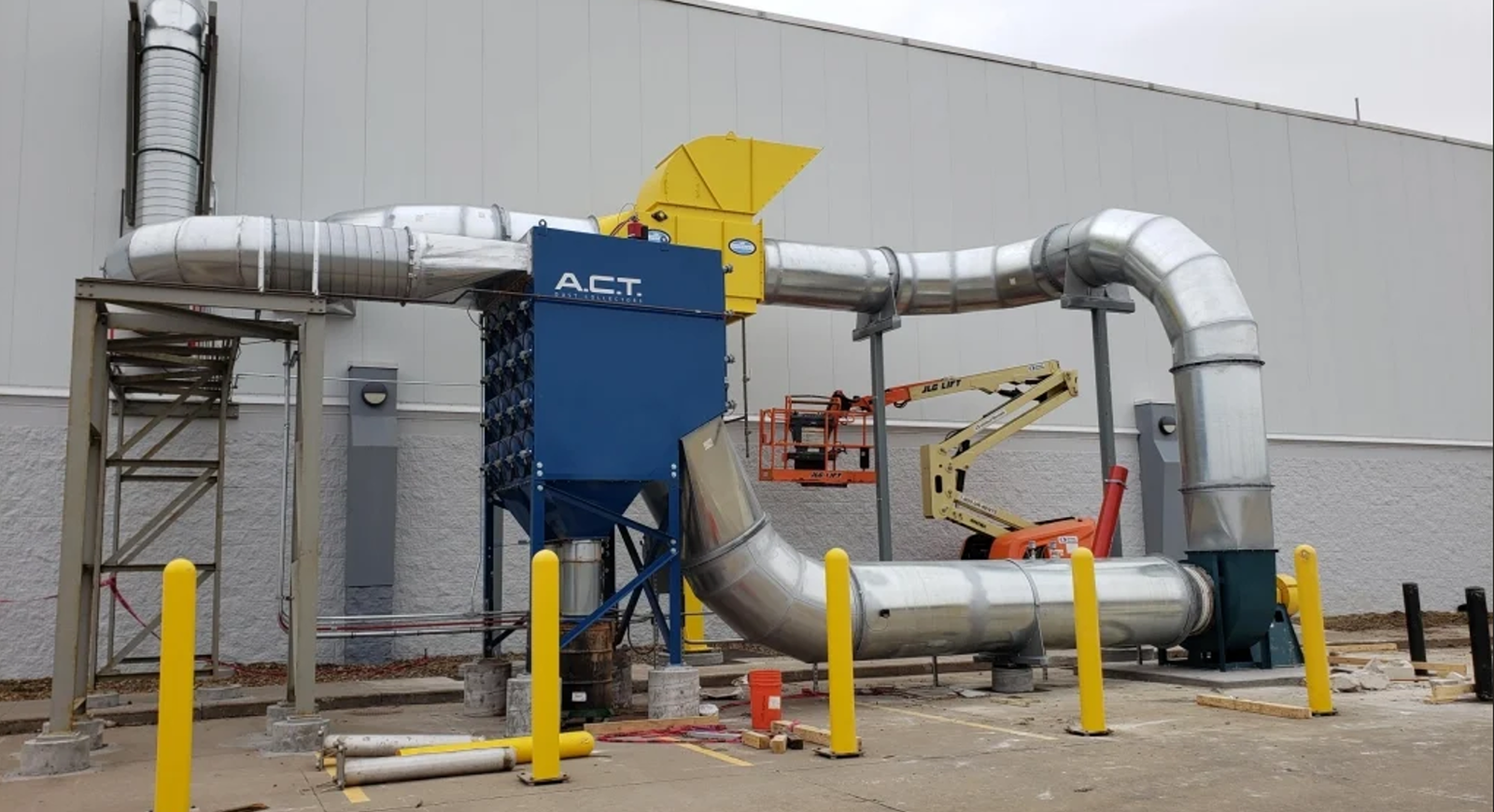When it comes to keeping industrial and workshop environments clean, controlling airborne dust is a top priority. Among the various dust collection systems available, the cyclone dust collector stands out for its ability to handle large volumes of dust efficiently. But like any equipment, it comes with its advantages, limitations, and specific use cases.
This guide will break down the pros, cons, and best applications of cyclone dust collectors while also helping you understand when it might be better to choose alternatives like a centralised dust collector, cartridge dust collector, or manual dust collector.
What is a Cyclone Dust Collector?
A cyclone dust collector uses centrifugal force to separate dust and debris from the air. Air containing dust particles enters the collector and spins in a cyclonic motion. The heavier particles drop into a collection bin due to gravity. At the same time, finer dust is sent through a filter or exhaust.
This technology is highly effective for capturing large, heavy dust particles—making it popular in woodworking shops, cement plants, and metalworking industries.
Pros of Cyclone Dust Collectors
1. High Efficiency for Heavy Dust
Cyclone systems excel at removing large, dense particles before they reach filters, reducing filter clogging and extending filter life.
2. Lower Maintenance Needs
Since most dust is separated before it reaches the filter, maintenance intervals are more extended and filter replacements are less frequent.
3. Long-Term Cost Savings
Although the initial investment can be higher, the reduced filter wear and lower cleaning requirements help save money over time.
4. Improved Airflow
Because the filters are less clogged, airflow stays consistent—helping machines operate at their best.
Cons of Cyclone Dust Collectors
1. Not Ideal for Very Fine Dust Alone
Cyclones can miss ultra-fine particles without additional filtration. Pairing with HEPA or cartridge filters is often necessary.
2. Larger Footprint
These units can be bulky, making them less suitable for tight spaces.
3. Higher Initial Cost
The purchase price is typically higher than that of simple dust collectors. However, the investment pays off for heavy-duty use.
Best Applications of Cyclone Dust Collectors
Cyclone dust collectors are the go-to choice when the priority is handling heavy dust loads with minimal filter maintenance. They work best in:
- Woodworking Shops – Collecting sawdust and wood chips from cutting, sanding, and milling.
- Metalworking Industries – Managing grinding dust and metal shavings.
- Cement Plants – Capturing heavy cement dust before it becomes airborne.
- Agricultural Processing – Handling husks, grains, and heavy particulate matter.
- Recycling Facilities – Collecting shredded materials and dust from processing lines.
When to Consider Alternatives
While cyclone dust collectors are excellent for heavy dust, other solutions might suit particular needs better:
- Centralised Dust Collector – Ideal for extensive facilities requiring dust collection from multiple machines at once.
- Cartridge Dust Collector – Great for fine dust filtration in compact spaces.
- Manual Dust Collector – Perfect for small workshops or low-volume dust collection.
Key Points to Remember
- Cyclone dust collectors are best for heavy dust and high-volume operations.
- They reduce filter maintenance and improve system efficiency.
- They often require an additional fine dust filter for complete air cleaning.
- Space and budget considerations should guide your decision.
A cyclone dust collector is a robust and reliable choice for industries and workshops that deal with high dust volumes. It’s not just about keeping the workplace clean—it’s about improving air quality, protecting equipment, and ensuring a safer environment for workers.
If your operations generate heavy dust regularly, investing in a cyclone system could be the wise, long-term choice. For smaller spaces or finer dust requirements, exploring other dust collection systems may give you better results.



